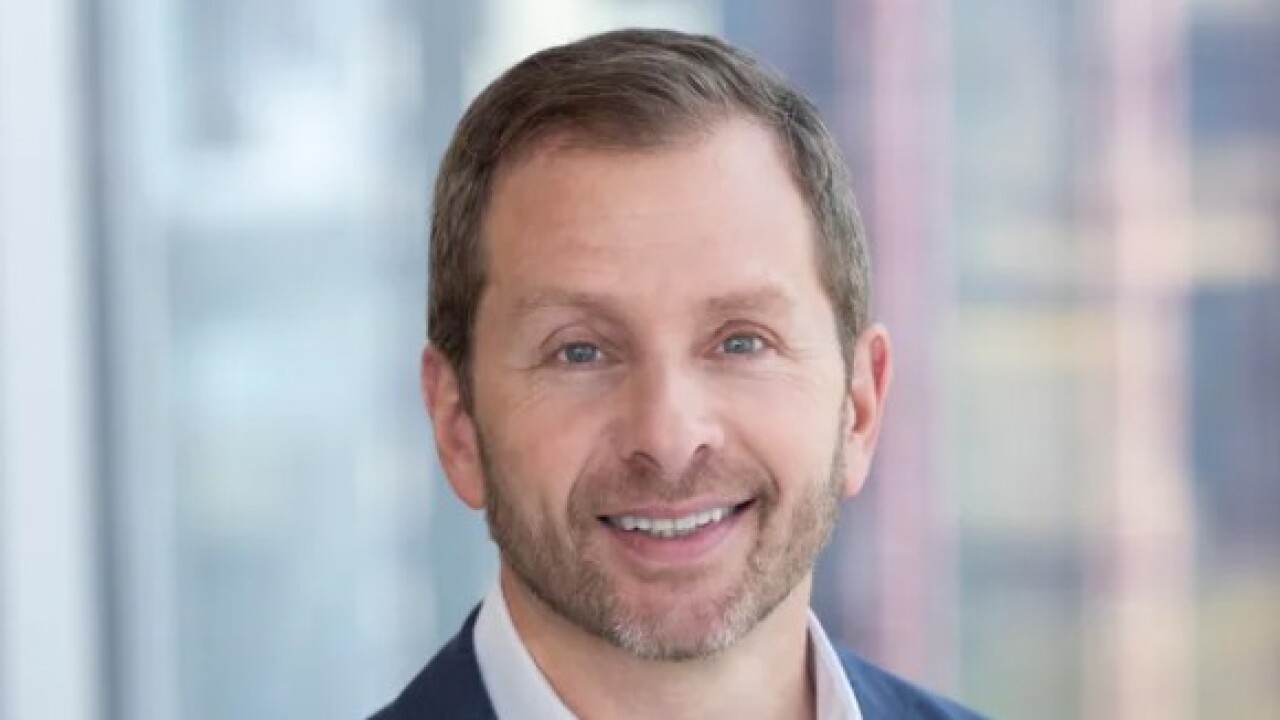Advisors can learn a lot from a walk through a shoe store.
Like many baby boomers, I base footwear purchases on a combination of comfort, aesthetics and price. But this rudimentary formula for return on investment (the most comfort for the lowest price) isn’t sufficient for many young investors today.
When younger clients were asked to name the shoe brand that they feet does the most good, the number one response was the brand TOMS, according to a
The financial services industry tends to treat ROI like the be-all and end-all. During the decades that advisors mostly worked with baby boomers and even Gen Xers, this focus on ROI worked because clients prioritized it too. But, time and again, studies show young clients want more from their advisors than just returns. They want more socially responsible investing options, better technology and the ability to save time.
Advisors should be looking to brands like TOMS as examples.
For sure buying shoes is different from an investments strategy, but let’s take a closer look at SRI, also known as impact investing. Choosing an investment based on the potential for financial return, without regard to the investment’s social and environmental impact, is like walking into a shoe store and simply choosing what looks and feels the best for the cheapest price.
Advisors who only focus on financial return during their communications with current and prospective clients risk alienating or even repelling investors who prioritize SRI, and often that group consists of millennials.
In fact, nearly 80% of the millennials surveyed described themselves as impact investors, according to a BNP Paribas report. And with millennials set to inherit $30 trillion from baby boomers during the upcoming
Then, there’s the technology issue. In the past, financial advice was all about the face-to-face meetings. That’s largely due to the preferences of baby boomer clients, who tend to view their financial advisors as partners, according to

But here’s the rub: younger clients want individualized attention from their advisors, too, so sending out blanket emails on investing to young clients will do little good. Instead, advisors can meet next-generation client needs for both time saving and personalized investment by using technology to further traditional meetings.
First, advisors need to understand that their young clients want face-to-face meetings. The majority, 82% in fact, of millennials would appreciate more meetings with their financial advisors, according to a
-
The quant crowd is justifiably concerned by the lack of objective statistics available.
June 6 -
There are many more options for advisors who seek gender-equality based investments for clients, says planner Luisamarie Ruiz Carlile.
May 22 -
The money manager is also offering pension and 401(k) plans that exclude firearms from employee retirement programs.
April 5
Second, young clients have low-to-medium financial literary, according to the report. It’s this lack of knowledge that’s stopping a quarter of millennials from investing, according to a
Finally, the primary medium of communication should be what the client wants, not what the advisor prefers. For millennials, a generation in which 90% of members check their smartphones within 15 minutes of waking, this preferred medium just might be digital, so older advisors accustomed to voice calls might have to learn a few new tricks.

The next generation still wants ROI, but not in the way that we in the financial services industry tend to define it. Their investment isn’t just money — it’s their time and their trust, too. Their return isn’t just financial — they also want the knowledge that their investments are helping generate social and environmental good.
Millennials are making us redefine ROI, and it’s about time. Now, I just need to go out and buy a pair of those socially responsible shoes.





